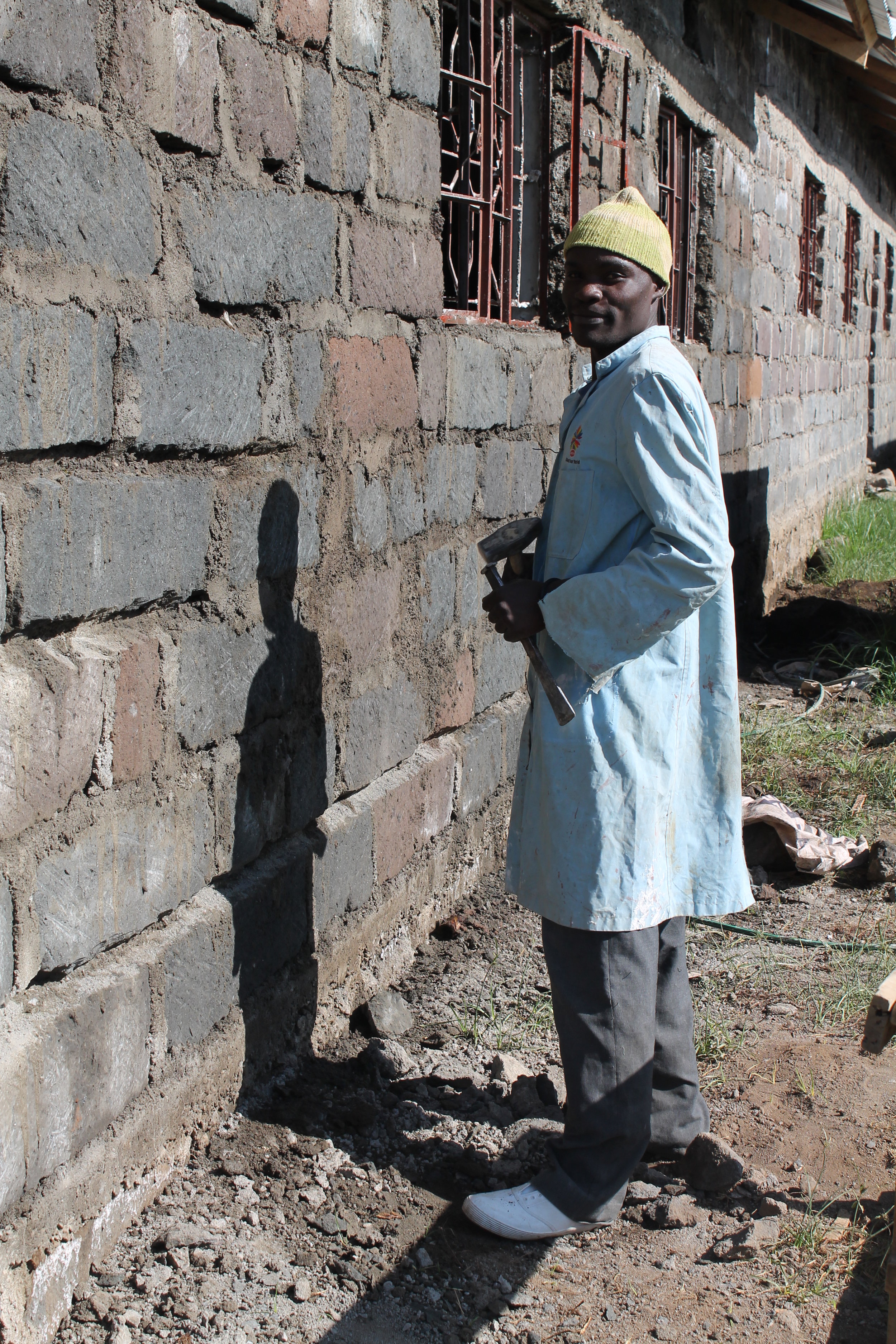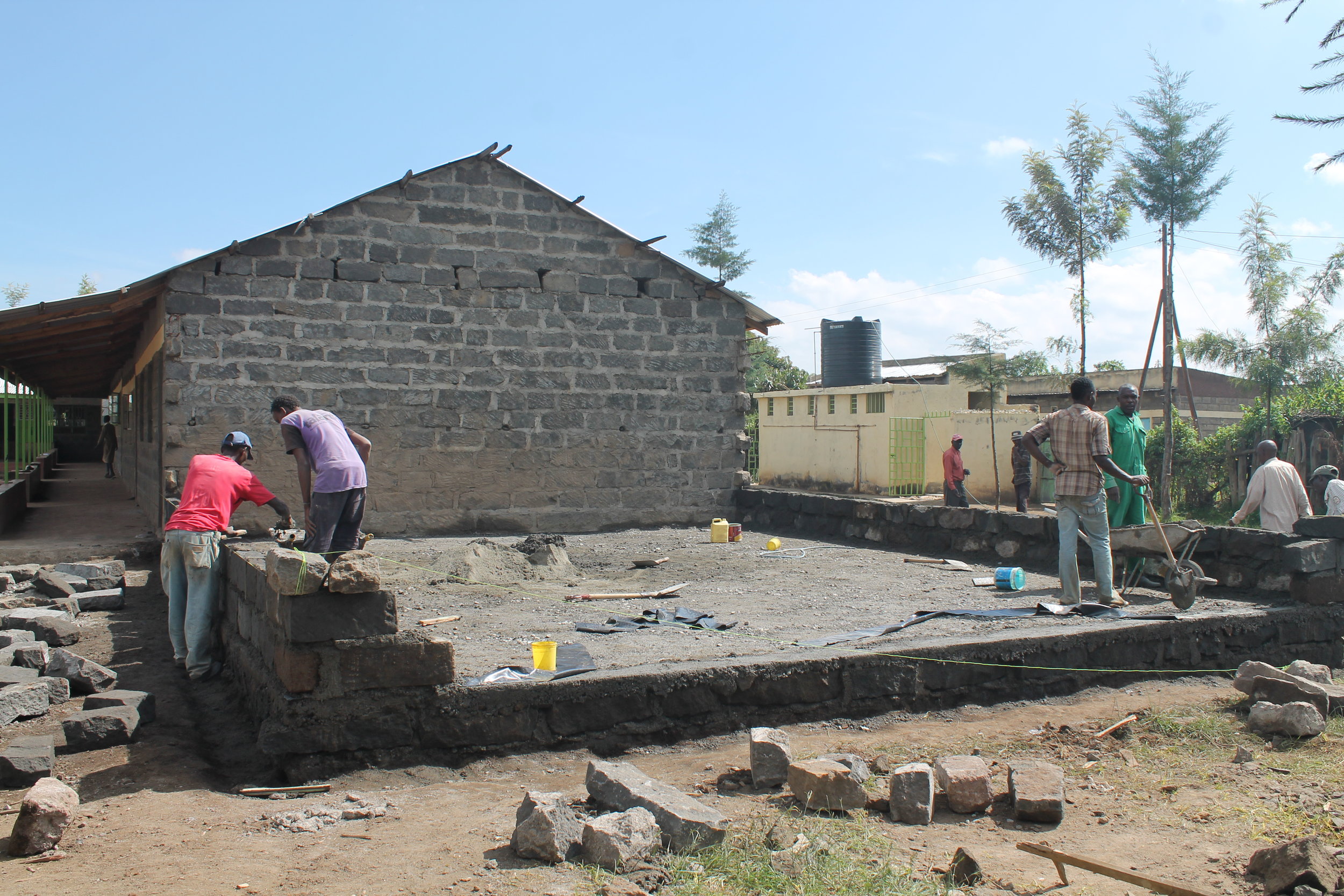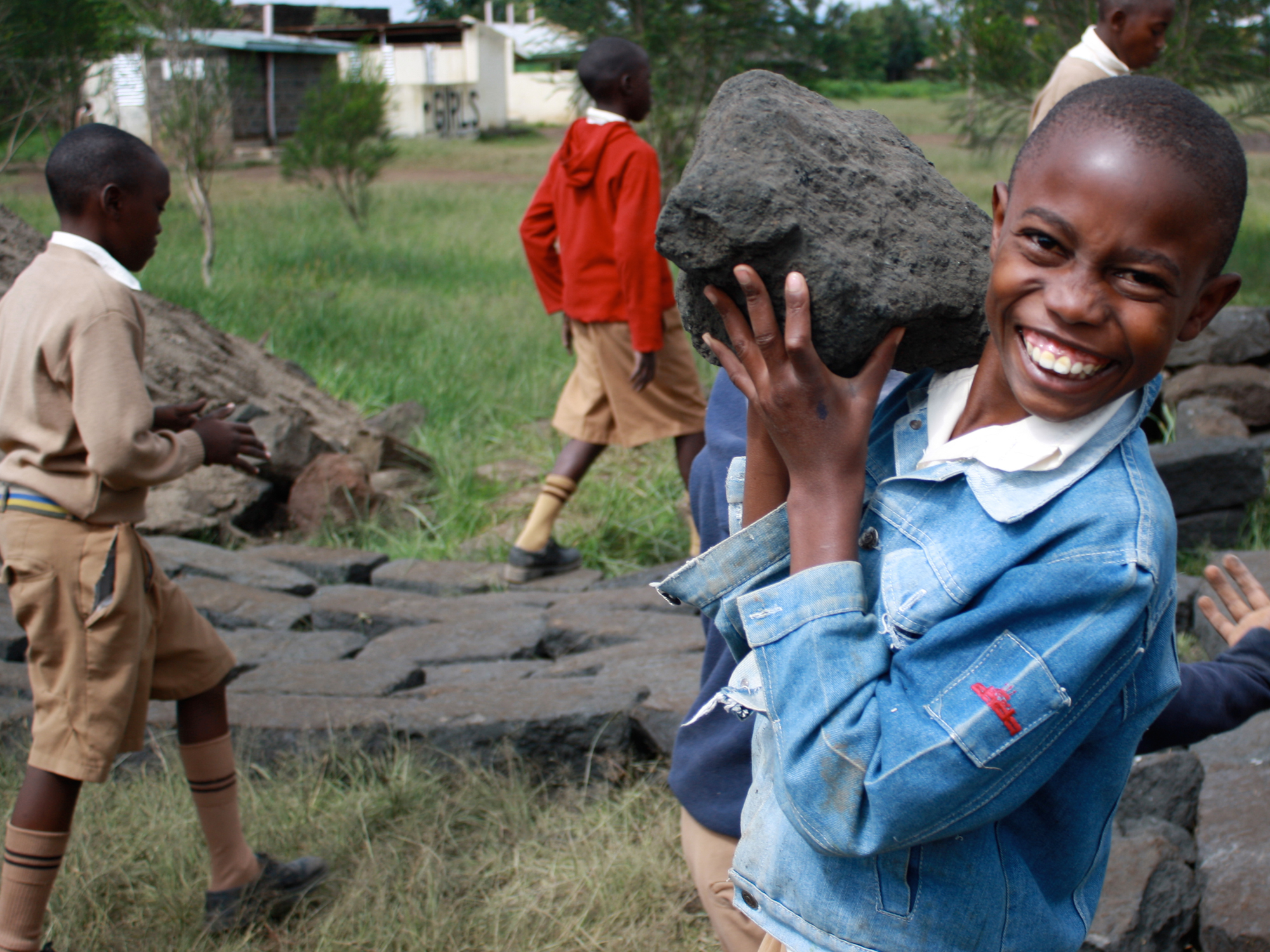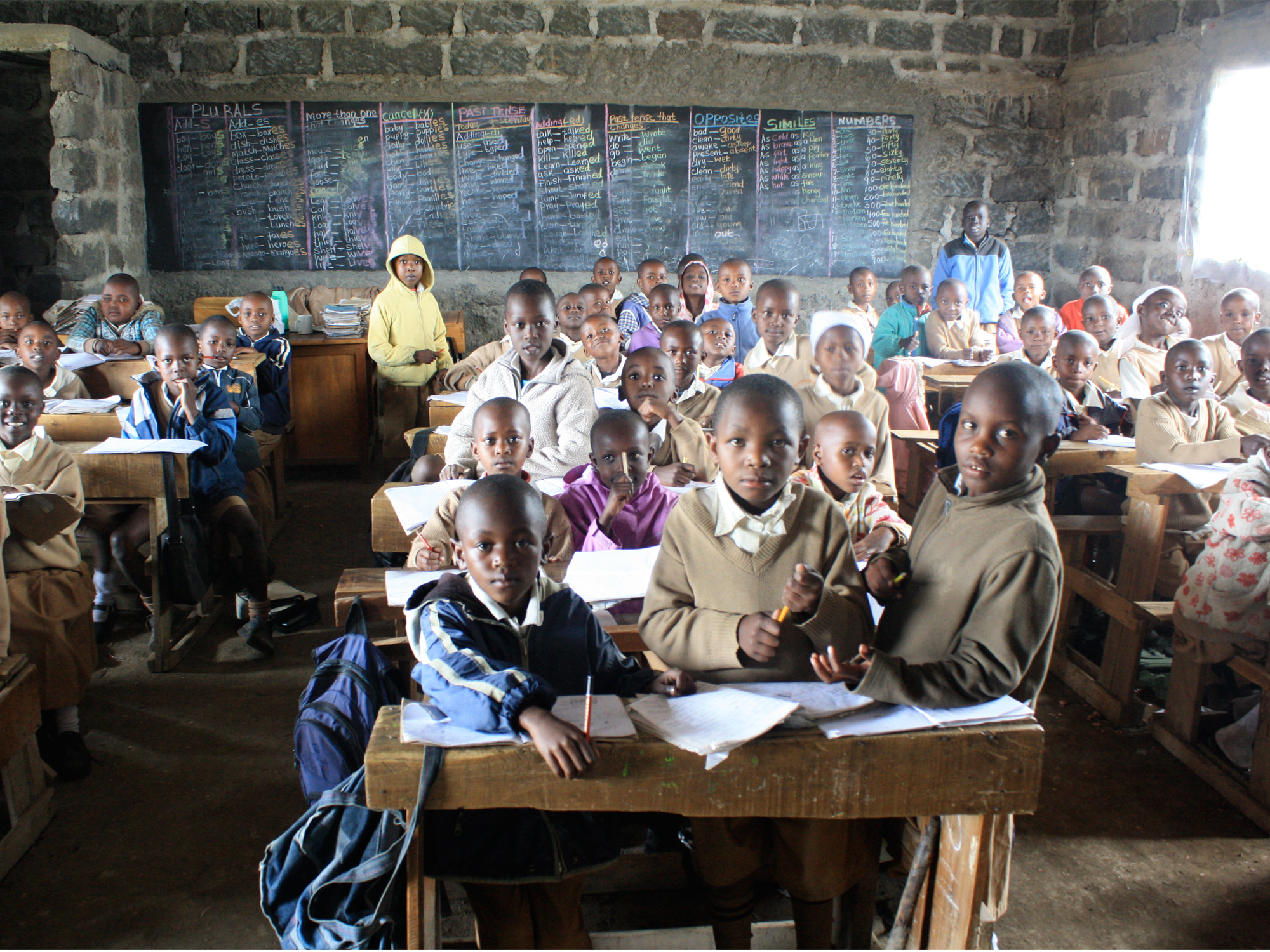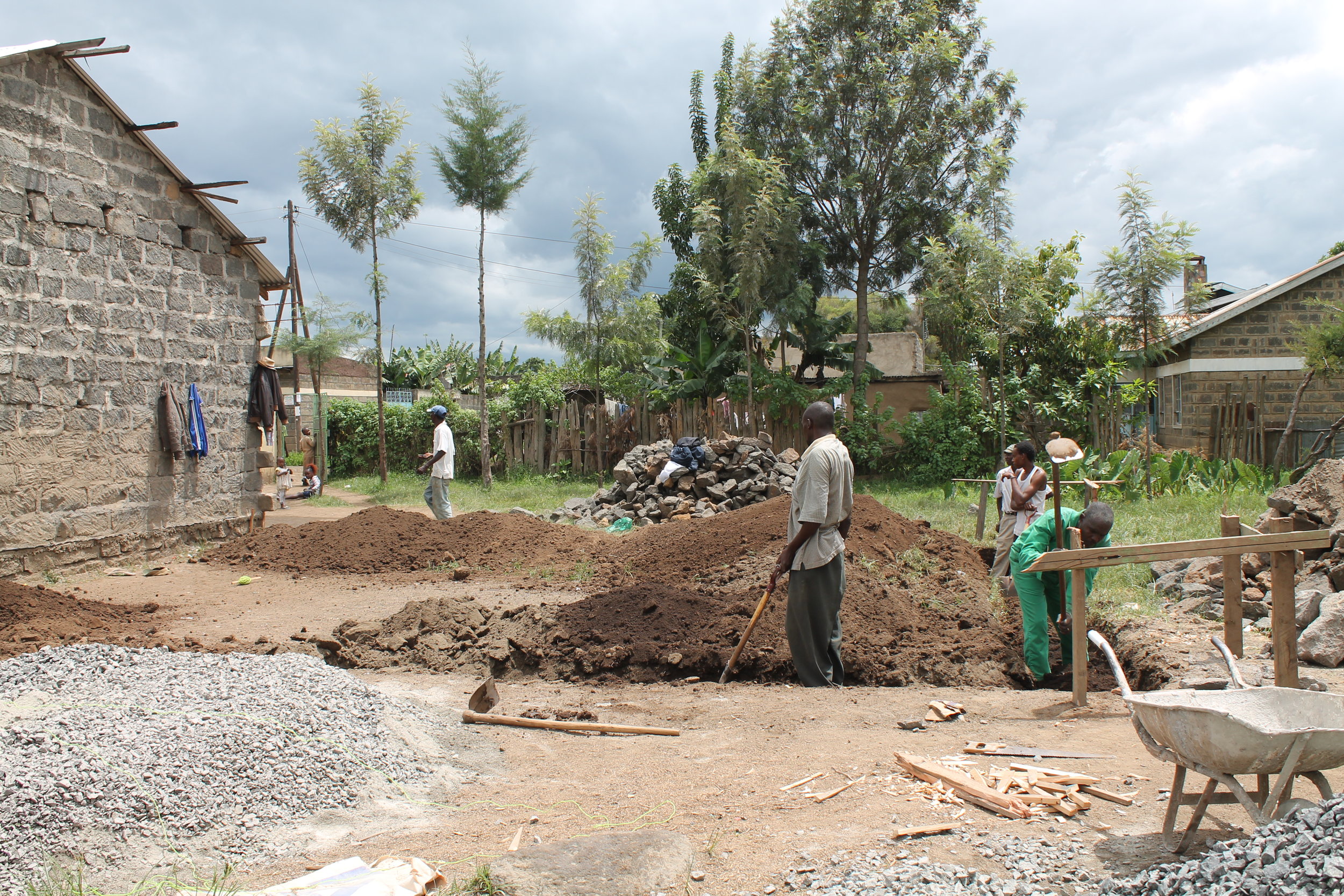What do we do?
We construct vital education facilities — such as classrooms, offices, toilet blocks and kitchens — necessary to provide safe and supportive learning environments for children.
why do we do it?
If a school doesn't have basic facilities, it's very hard for children to learn effectively.
In some schools, a lack of classrooms leaves children overcrowded, with 80+ children being taught by one teacher. Children get very little one-to-one attention, and some kids end up leaving primary school without even being able to read. Elsewhere, children learn in derelict mud classrooms, which are cramped, dangerous and flood when it rains.
Meanwhile, lack of safe, hygienic and accessible toilets leaves schools in danger of closing, and prevents children, particularly girls or those with disabilities, from continuing their education.
what impact do we have?
By constructing vital facilities we are investing in the education of children for generations to come. New classrooms allow children to be taught in smaller classes, with more individual attention, desk space, and resources per child. Stone classrooms are safer, and learning isn't disrupted in bad weather conditions. Safe, hygienic toilet blocks allow schools to stay open and to grow, and encourage children — particularly girls — to remain in school without fear. And toilet blocks that are accessible enable children who have physical disabilities to receive education with dignity.
since 2009, we've constructed 21 classrooms and other educational facilities.
“When we were in the classes of mud, we were feeling cold! And the wind was just coming to blow our books away. Now that we are in the classes of stone, we are feeling comfortable.”


